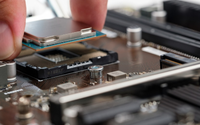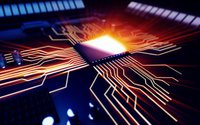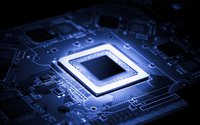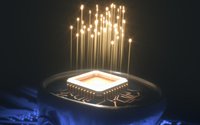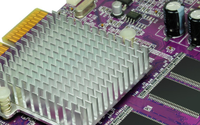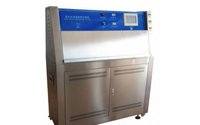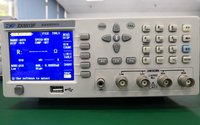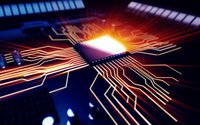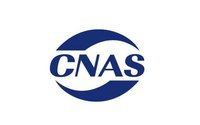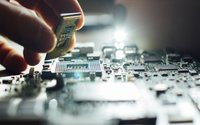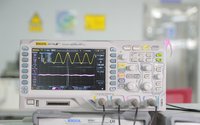Sharing of sample selection methods for metallographic analysis
Date:2022-11-07 16:28:00
Several Mosaic Methods of Metallographic Specimens
Date:2022-11-07 16:00:00
Introduction of commonly used methods for measuring the depth of decarburized layer
Date:2022-11-04 14:30:00
How to grind the metallographic specimen? Detailed step process
Date:2022-11-04 14:08:00
Summary of problems in X-ray weld inspection of electronic components
Date:2022-10-28 16:15:02
What are the contents of chip testing? IC Chip Reliability Test Standard
Date:2022-10-28 16:13:28
How to choose the appropriate burning mode for different chip models?
Date:2022-10-27 11:00:00
What is the purpose of FMEA for the three elements of fmea risk assessment?
Date:2022-10-27 11:00:00
Low temperature welding tools and precautions for electronic components
Date:2022-10-26 16:13:45
How to select NDT methods? Comparison of four NDT methods
Date:2022-10-26 16:11:44




 Weixin Service
Weixin Service

 DouYin
DouYin
 KuaiShou
KuaiShou




